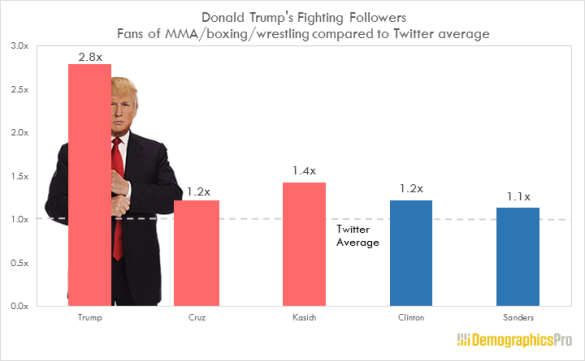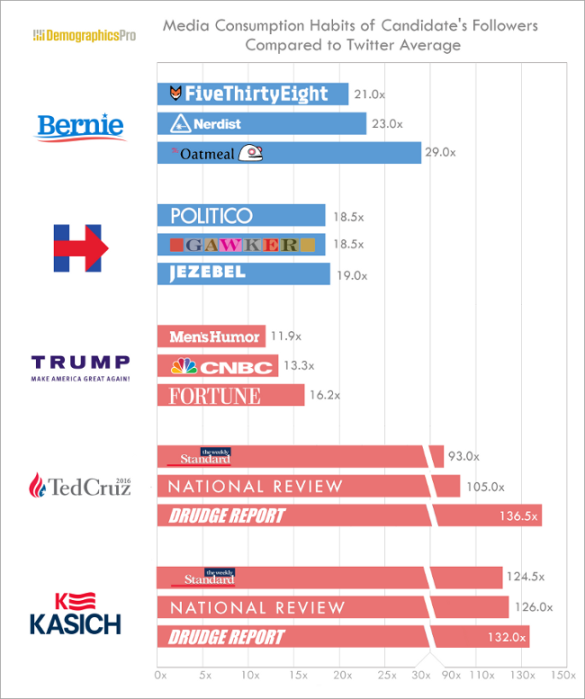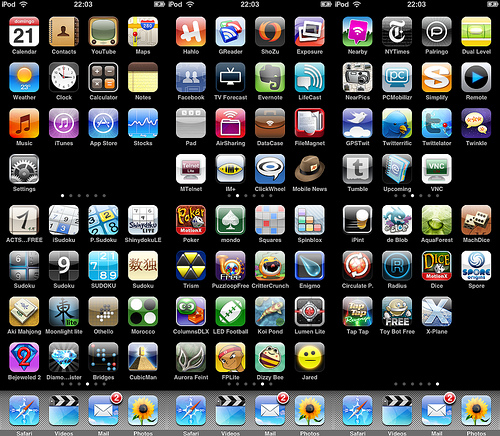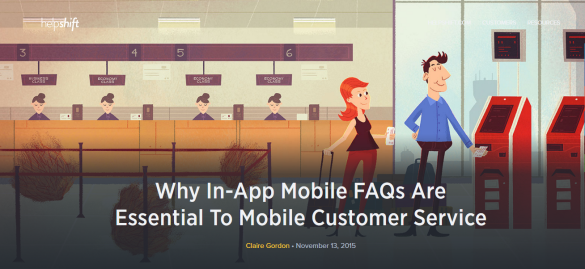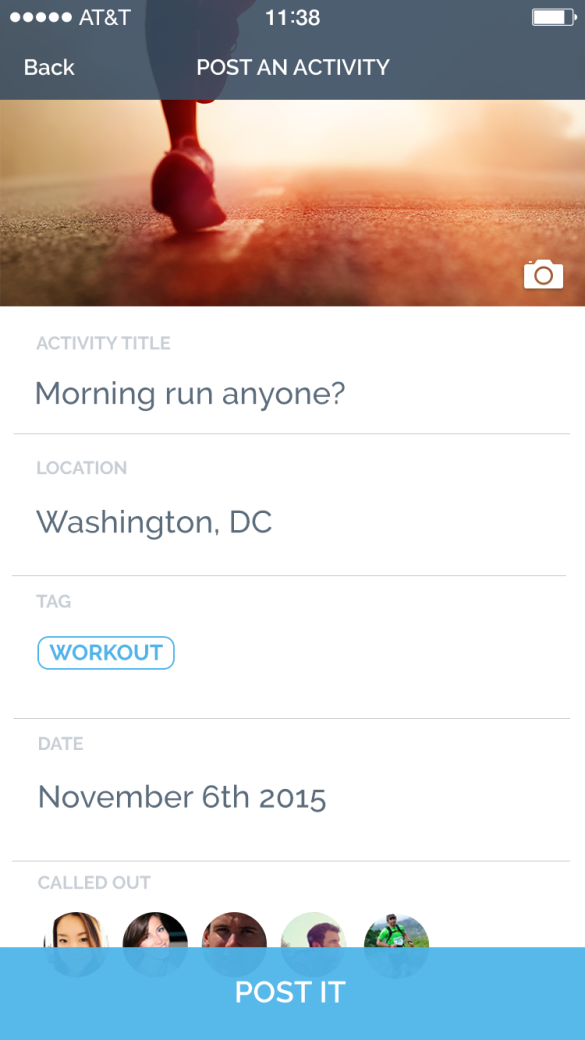As technology becomes more pervasive in the workplace changes are happening rapidly with how management and staff carries out daily tasks at the office. The use of remote tools, software, online platforms and others has allowed various institutions (companies, organizations, institutions, enterprises, corporations, etc.) develop gradually more flexible work schedules.
The terms telecommuting or telework refer to a working arrangement where employees or a team of people perform their work outside of the traditional on-site working environment, according to Mobile Office. Both of these terms were coined in 1973 by Jack Niles, the co-founder and President of JALA, and their usage differs because of the situations associated with each word. Telework is any form of substitution of information technologies for work-related travel and on the other hand telecommuting applies to a daily commute to and from work.
For some time, the adoption of telecommuting is gaining quite the attraction as a practice. It is proving to be more than just a motivator or a source of motivation for employees, but continually growing as a practice across industries. In a detailed report by the Society for Human Resource Management (SHRM) it confirmed that a workplace flexibility environment, specifically teleworking, should be used as a strategy to attract, retain and engage staff.
So how should this telecommuting scheme be executed? Well for starters you want to have it used as a benefit, and not as an accommodation or a perk. In addition, a news release on a Trends in Workplace Flexibility study confirmed that more than two-thirds of the managers or 67 percent of them offer flexibility to all or most of their employees.
Another bright side to this flexible arrangement is when you combine telework and workplace flexibility it results in lower turnover and absenteeism. In other words, it helps maintain your employee pool for longer periods of time and have elevated engagement levels.
Telework Findings, Stats and Insights
Could telework become pervasive in the future? According to Flexjobs.com there are one out every five workers around the globe who have a telecommuting job. Working from home or working remotely is estimated to be 57 percent in India while in Indonesia it is 34 percent, and 30 percent in Mexico.
In the United States (U.S) telecommuting was at 23 percent in 2009. That number is expected to reach 43 percent in 2016. Elsewhere A Mullen and Mullen analysis confirmed 3.6 million U.S workers are telecommuters, which represents 2.5 percent of the nation´s total workforce.
The following visual graphic illustrates where this work trend is heading:

This telework infographic also confirms that one in ten work from home on a daily basis. To put it in another way the rewards of developing a responsible and autonomous culture of teleworking can have a positive impact on multiple fronts. They are as follows:
- The USA would save over 650 billion annually
- Would reduce oil consumption by 280 million barrels of oil per year
- Reduce greenhouse gases by the equivalent of taking 9 million cars per year.
- There are 2 in 3 workers that claim increased productivity working at home
- If the opportunity was made available by their employer 34 percent of workers said they would be very likely to telecommute
Evidently the practice of telecommuting is gaining acceptance. The technology is also providing and allowing for traditional office work environments to be evolved, so it offers employees a work-life balance.
Work from Home: Advantages for the Employer
We have discussed the effects and results telework can have on employees. Now, there is an upside to having this new form of work within a company. For starters working yields a 10 to 20 percent increase in employee productivity as a plus when wanting greater performance from staff.
Surprisingly 78 percent of managers think flexible work hours help retain and motivate important staff members, conforming to Splashtop. Below is another infographic that tells another side to this discussion of telework:

Even though the company owners or seniors are in charge of safeguarding the bottom line, yet the telework framework ends up being a return on investment (ROI). Moreover, exactly 36 percent of employees would rather choose telecommuting over a pay raise.
At a time where climate change is proving to be a damaging and costly force increasingly there is now a greater sense of urgency by companies to integrate telework to reduce the carbon footprint. Whichever the scenario is all of the parties come away with a win-win situation in the long haul.
Takeaways and Conclusions
Telework and telecommuting presents opportunities to improve beyond traditional work models. For the first time the technology provides various gateway into distributing work hours at home and at the office unlike any other time.
With growing concerns of global climate change it comes as no surprise that this should be paramount to roll out as a model to work.
With the right balance telework can be deployed to really transform any entity into a more productive and functioning unit. Finally, as technology continues to invade our daily lives it is especially important to harness these tools to make telework that much more effective and environmentally-friendly.

